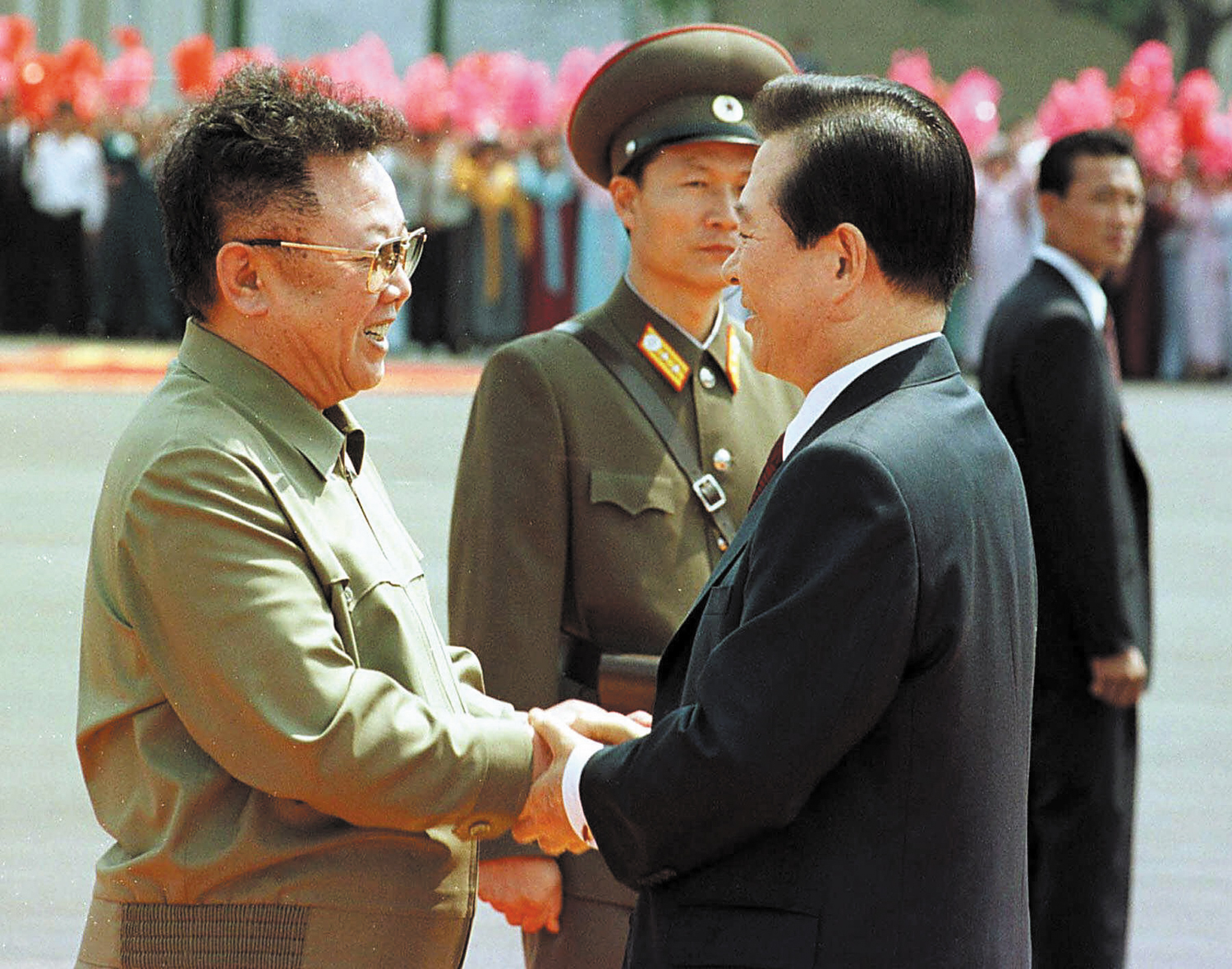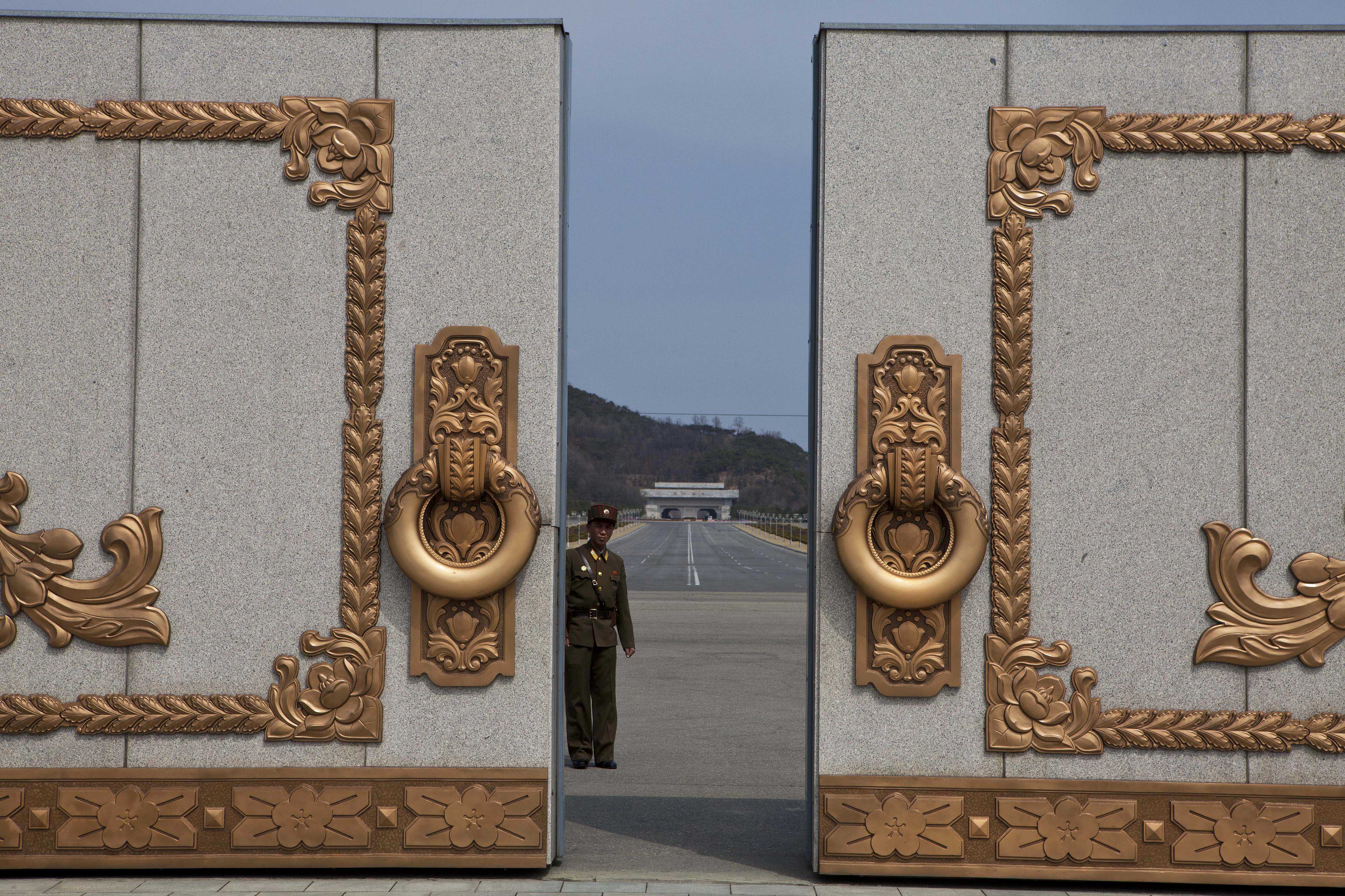Kim Jong-il, << kihm zhong ihl >> (1942-2011), was the leader of North Korea from 1994 to 2011. He held the key posts of general secretary of the Workers’ Party, North Korea’s ruling Communist party; chairman of the National Defense Commission; and supreme commander of the People’s Army. Kim Jong-il succeeded his father, Kim Il-sung, who died in 1994. Kim Il-sung had, with Soviet support, established North Korea as a Communist state in 1948.

Kim Jong-il (also spelled Kim Chong-il) was born on Feb. 16, 1942, near Khabarovsk, in southeastern Russia (then part of the Soviet Union). He graduated from Kim Il-sung University in 1964. He then began moving up through the ranks of the Workers’ Party. He gradually emerged as the leading interpreter of the party’s principles and beliefs through his control of and support for North Korea’s arts, especially filmmaking. In 1980, he was appointed to several top party offices. He used these posts and his father’s support to strengthen his leadership in both the party and the army, paving the way for becoming his father’s successor. In a similar manner, Kim Jong-il’s youngest son, Kim Jong-un, was promoted to several top military and political offices in 2010.

In 2000, Kim Jong-il held a summit with South Korea’s leader, Kim Dae-jung. It was the first time the leaders of the two Koreas had met since the peninsula had been divided in 1948.
Kim Jong-il died on Dec. 17, 2011. The government preserved his body and placed it on display. Kim Jong-un succeeded his father as North Korea’s leader.
